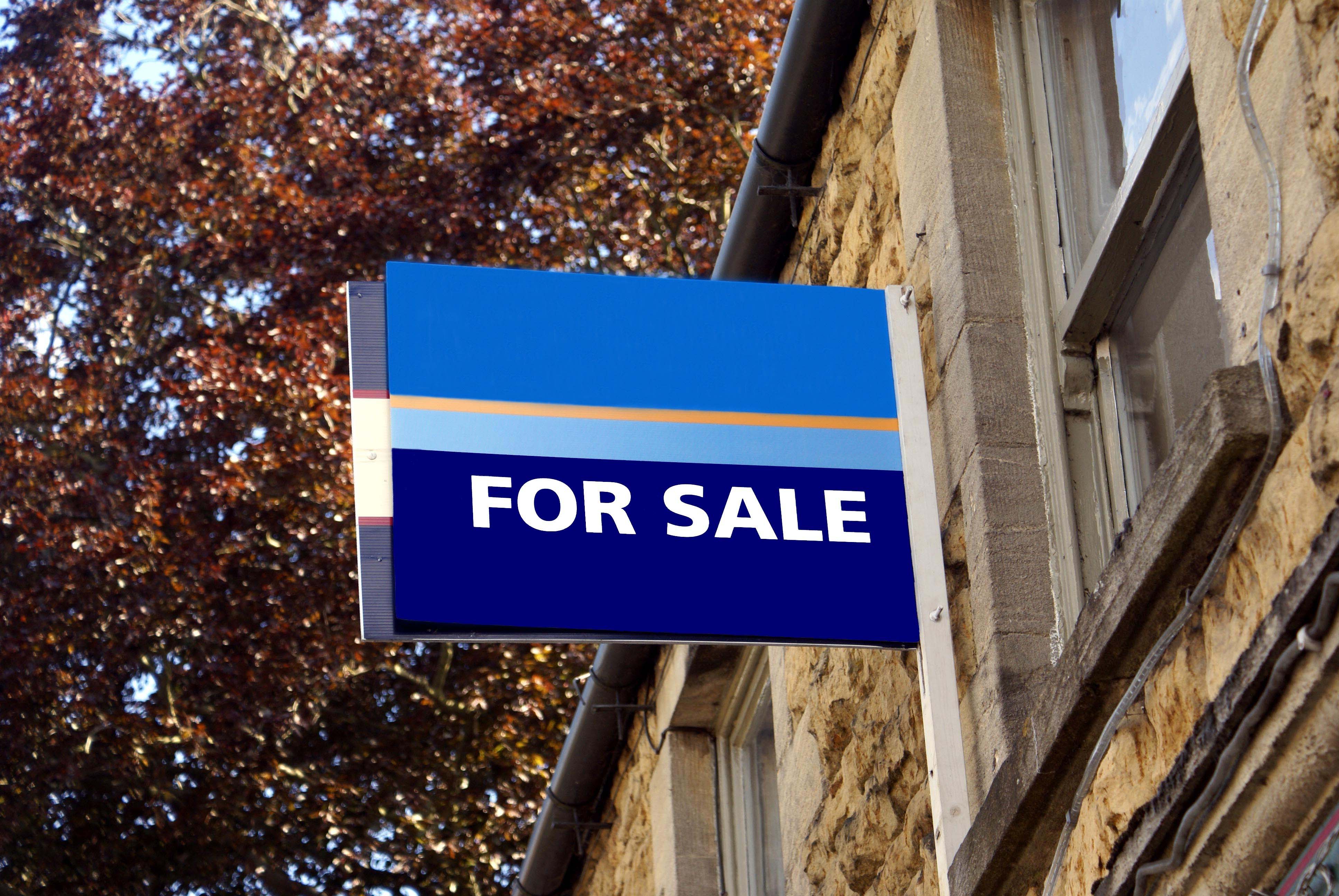First-time Buyer
Lending to first-time buyers soars by 37%

Mortgage lending to first-time buyers grew by 37% year-on-year in December, according to data from the Council of Mortgage Lenders (CML).
The total number of loans to first-time buyers in December totalled 26,700, up 1% on November 2013.
All in all, first time buyers received 268,000 loans in 2013, an increase of 23% compared to 2012.
The total number of homeowner loans in December 2013 was down 1% compared to November but up 27% on December 2012.
The Bank of England reported earlier this month that overall for 2013 gross lending totalled £176.4bn, up 21% on 2012.
CML director general Paul Smee said: “In 2013, there has been a resurgence in the mortgage market with year-on-year growth for all types of borrower. First-time buyers were an especially important factor in driving the market forward in 2013 as improved economic conditions, as well as the introduction of government schemes like Help to Buy, have given the opportunity for them to enter the market and become home-owners.”
Elsewhere, buy-to-let remortgage lending increased by 42% in the final quarter of 2013.
The total value of these loans was £3.2bn, up 9% compared to the third quarter 2013 and up 53% compared to the fourth quarter of 2012.
Buy-to-let remortgages increased by 29% compared to 2012 bringing the total to 76,260 loans valued at £10.6bn, up 39% compared to 2012.
Jeremy Duncombe, director at Legal & General Mortgage Club, said: “These figures from the CML show that the mortgage market is returning to a healthier level of lending assisted by an improving economic picture and positive effects of initiatives such as Help to Buy 2.
“An increase in lending should encourage more transactions which is good news all round. However, there are still some major obstacles to those looking to move. House prices in certain parts of the country continue to rise far faster than the rate of wage inflation making them simply unaffordable for many.
“Equally stamp duty is a major barrier. On the average house price of £175,000 stamp duty would cost £1,250 to £2,500. This is a significant additional sum for people to find on top of saving for a deposit and is potentially a revenue earner the Government could do without.”